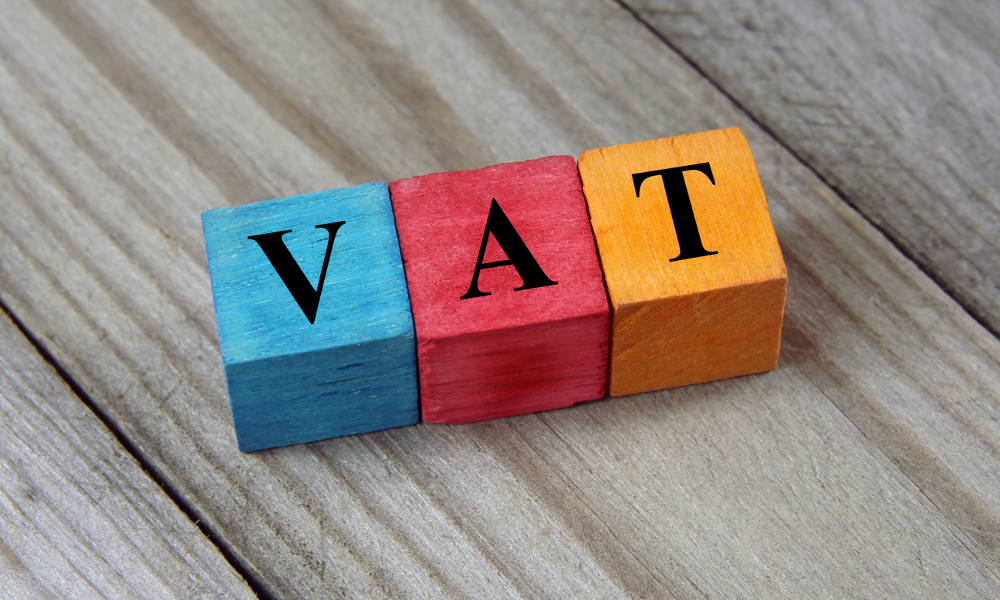How to Register for VAT
Posted 5 years ago by Gidon

A business must register for VAT once its taxable turnover is more than £85,000. "VAT taxable turnover" refers to the total of everything your business sells that is not VAT exempt.
In terms of when the £85,000 threshold applies, a business must keep track and register for VAT if it:
- Expects its VAT taxable turnover to exceed £85,000 within the next 30 days;
- Had a VAT taxable turnover exceeding £85,000 over the last 12 months.
This means that the test for registration can be driven by a business’ estimated, or actual, VAT taxable turnover.
Alternatively, if your VAT taxable turnover is less than £85,000, you can still choose to register for VAT voluntarily.
Note that there are a few exceptions to the requirement to register for VAT. Examples include when a business temporarily goes over the VAT registration threshold. In such cases, you can write to HMRC and show why your VAT taxable turnover will not go over £83,000 in the next 12 months. Not every business is granted an exception, and if HMRC refuses to grant one, your business will be registered for VAT.
How do I register for VAT online?
There are two main ways to register for VAT in the UK: online or via post. Most businesses can, and do, register for VAT online, whether on their own or with the help of their tax agent.
You can register on HMRC's online service.
When you register your business for VAT, you’ll create a VAT online account, which you’ll use to submit your VAT returns to HMRC. Note that the VAT online account is sometimes known as a Government Gateway account.
What happens once I’ve registered for VAT?
VAT registration certificate
After you’ve registered for VAT you should receive a VAT registration certificate from HMRC.
The certificate confirms your VAT number, the deadline to submit your first VAT return (and payment) and also confirms your effective date of VAT registration.
The certificate is generally sent to your VAT online account, although it can be sent via post if you were registered by your tax agent, or you didn’t register online.
You should receive the certificate within 30 working days.
VAT compliance
You’ll also have ongoing obligations as a result of being registered for VAT. From your business’ effective date of registration, you should ensure that you charge the right amount of VAT on your sales, submit VAT returns, keep appropriate VAT records and a VAT account, and pay any VAT that may be due to HMRC.
Once registered, you may also want to consider the benefits of joining a VAT scheme, such as the Flat Rate Scheme. As the benefits of such schemes depend on each business’ circumstances, you should always speak to your tax adviser before deciding whether to join or leave a scheme.
Making Tax Digital
Most businesses with VAT turnover of over £85,000 must also comply with the new Making Tax Digital for VAT regime.
AccountsPortal is recognised by HMRC as compatible with the requirements of Making Tax Digital for VAT, and supports businesses with a range of VAT requirements, from the Flat Rate Scheme to cash accounting. File accurate VAT returns on time by taking advantage of our 30-day free trial.
Further Reading
How to Register as a Sole Trader
How to Leverage Technology and Automation to Support Your Firms Growth